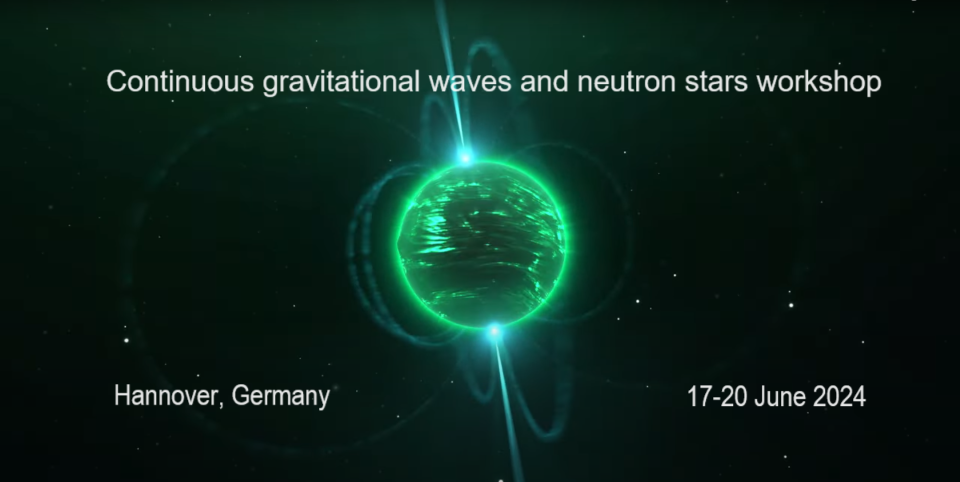Speaker
Description
The Einstein Telescope (ET) is a proposed third-generation, wide-band gravitational wave (GW) detector which will have an improved detection sensitivity for low frequencies, leading to a longer observation time in the detection band and higher detection rate for binary neutron stars (BNSs). GWTC-3 detections have already constrained the merger rates of BNS with just two events, assuming that the merger rate is constant in comoving volume out to a redshift of z = 0.15. The evolutionary parameters play a decisive role in determining the merger rate density as a function of redshift. Despite the fact that ET will have a higher detection rate, the bulk of BNSs will remain undetectable. Exploiting the fact that slow frequency-evolution in the early inspiral of a BNS signal can be searched for using continuous wave methods such as those based on the Hough Transform, and the fact that different population models predict different merger rate density over redshift, Miller et al 2024 already showed that different evolutionary scenarios can be constrained with ET. In Singh et al 2024 we presented a population independent method to reconstruct the merger rates of coalescing compact binaries with ET using information from the full inspiral of a coalescing BNS signal to localise and then constrain the intrinsic parameters of the binary. We formulated a scheme to estimate accurate detection efficiency and showed how to estimate the true merger rate density of the underlying population. In this current work, we use the algorithm developed earlier to explore the capability of ET in probing the evolutionary parameters of the evolution of BNSs, by constraining the merger rate density as a function of redshift despite the loss in detection of the bulk of the BNS population. I will discuss the discriminating power of CW methods and also discuss the possibility of providing constraints on the number of solitary neutron stars from the constraints on the binary evolution models using merger rate estimates.

